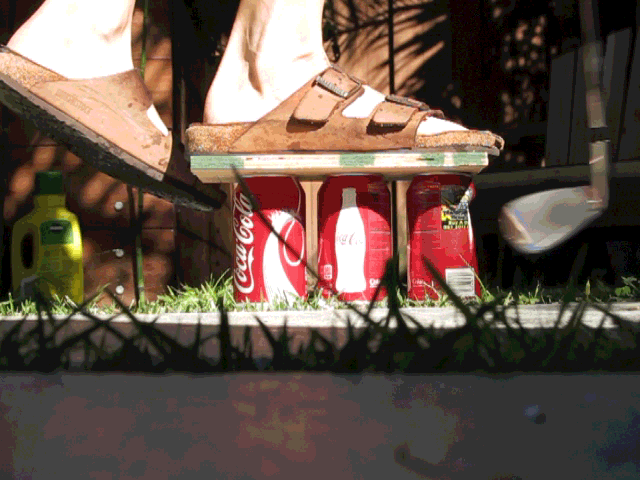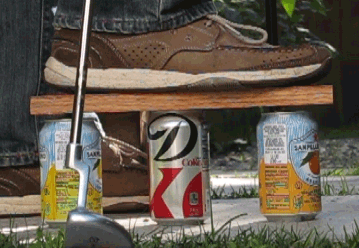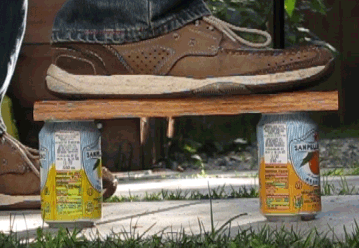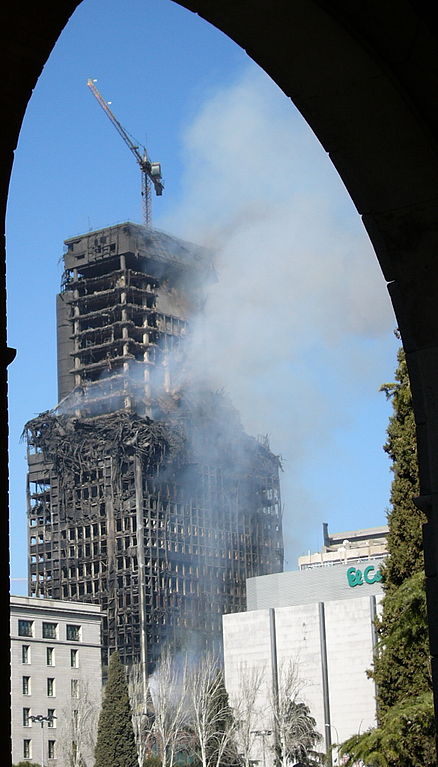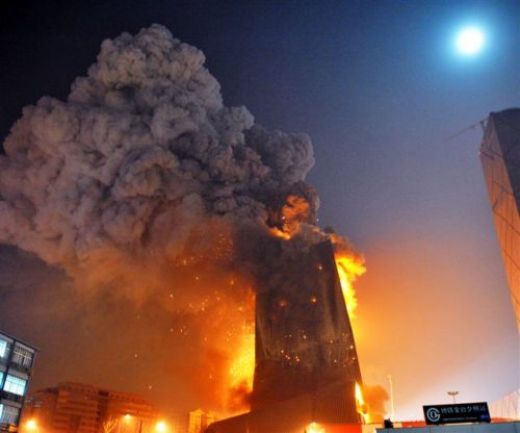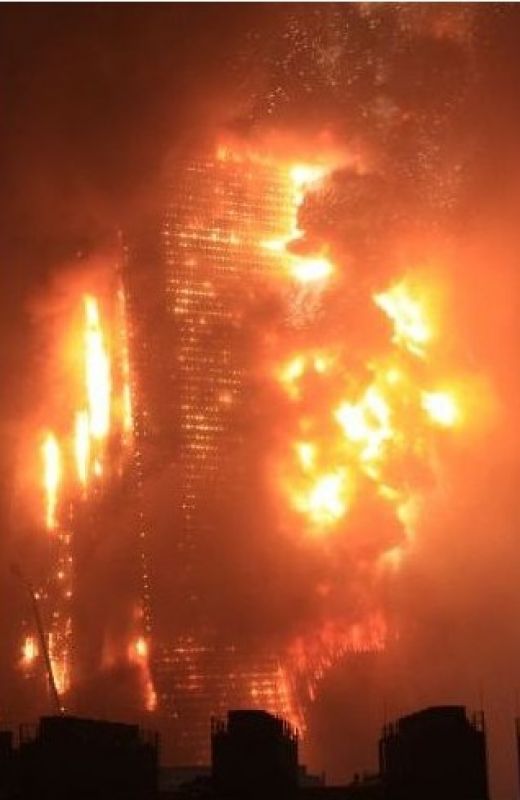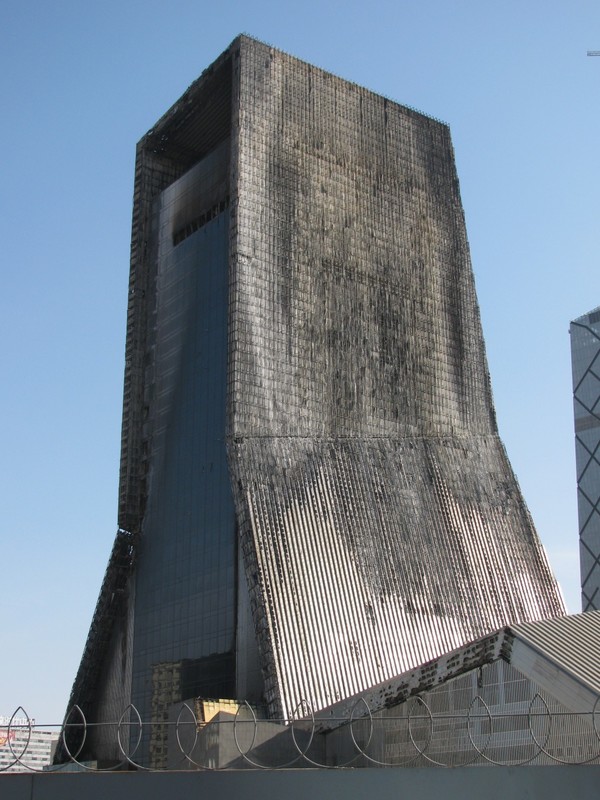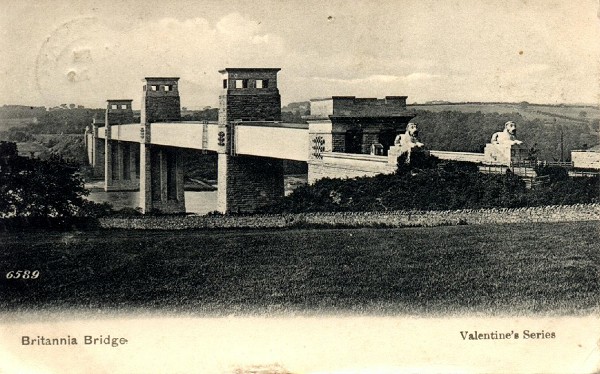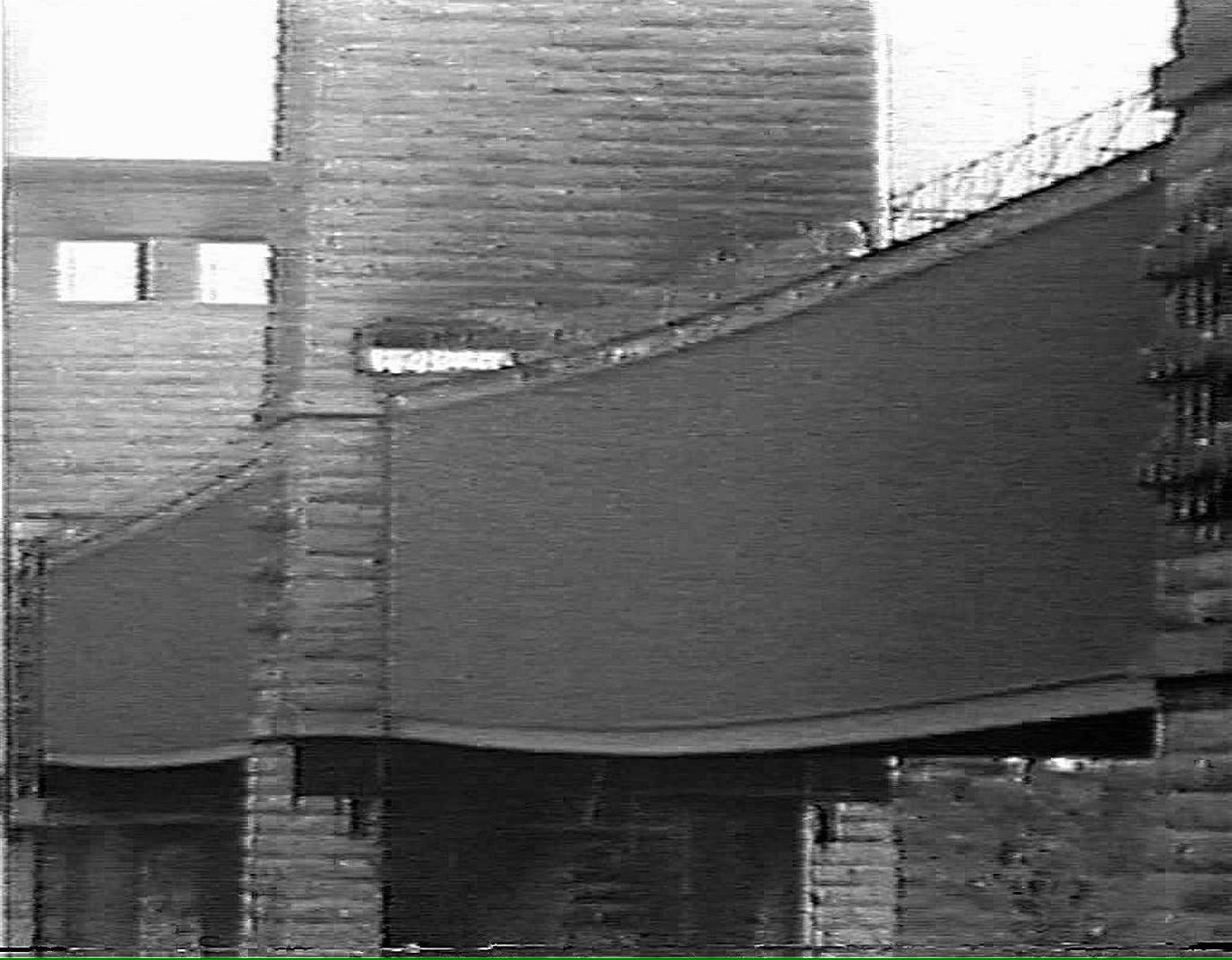As I said, you need to talk to a building professional about this issue.
This from Dr Mike Byfield, from Southampton’s School of Civil Engineering,
"The severed columns on the impact face of the towers effectively hung like a shirt on a coat hanger (the hat truss). Without this system the towers would have probably collapsed immediately following the impacts. Dr Byfield strongly advocates the installation of hat trusses or similar systems into all new towers in the UK, although the Department from Communities and Local Government does not have mandatory strengthening measures for new towers on its agenda."
https://www.southampton.ac.uk/research/southamptonstories/engscimaths/blastproofing_britain.html
Or this from Kamran Moazami, P.E., M. ASCE and Ahmad Rahimian, Ph. D., P.E., S.E
"The building's movement is not restricted with any form of damping. Extra rigidity has been attained by employing a 'hat truss' at the building's top, which comprises outriggers that connect the perimeter columns to the core." # Discussing the Shard, a tower with no antenna.
http://www.structuremag.org/article.aspx?articleID=694
I could list lots of building with nothing at all atop them that have hat or outrigger trusses, but it may be straying too far from the topic of this thread. The architect (your former employer) and at least one of the SEs for the towers disagree with you, in "city in the sky"p133

